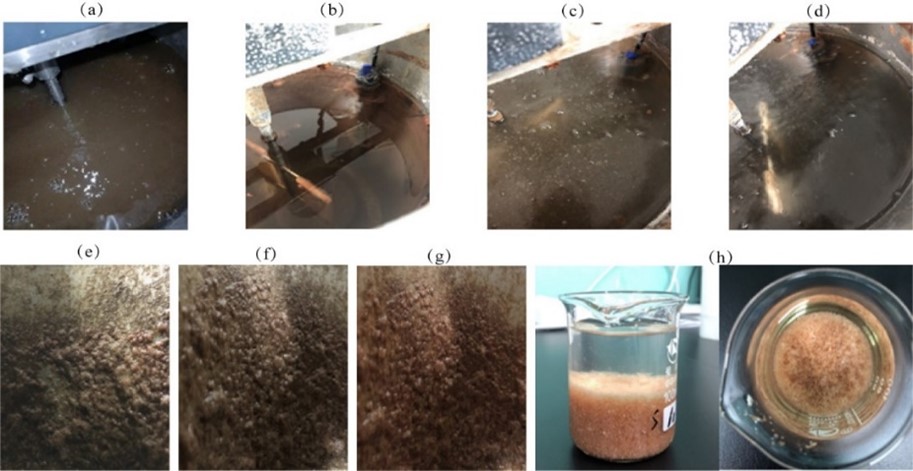
Integrated anammox process has competitive advantages of low energy and carbon consumption in nitrogen removal. Because of the coupling of partial nitrification and anammox process, complex physicochemical and biological interactions occur in integrated anammox reactors, and long-term operation might change the characteristics which is seldom reported in previous studies. In this study, a floc sludge bioreactor and a MBBR reactor were investigated for more than 450 days and compared from the startup to stable operation. The results showed that flocs aggregated into biofilms first and granulated after being detached artificially in the suspended sludge system, which provided solid evidence that the sludge granulation can be achieved by operational control in a continuous flow reactor. In the MBBR reactor, inhibiting Nitrate Oxidizing Bacteria (NOB ) was more difficult due to biofilm protection, and the total nitrogen removal rate was restricted by aeration. The biofilm and granular sludge samples in the reactors were analyzed by metagenomic sequencing, and the results revealed that the abundance of anammox was higher in the biofilm, while the NOB was inhibited greater in the granular sample. This study provides an in-depth understanding the mechanism of anammox process and broaden the feasibility of its application.
Total file downloads: 4